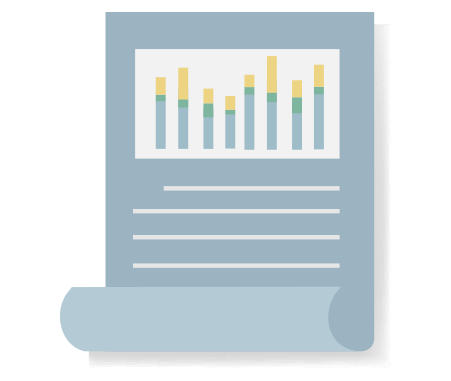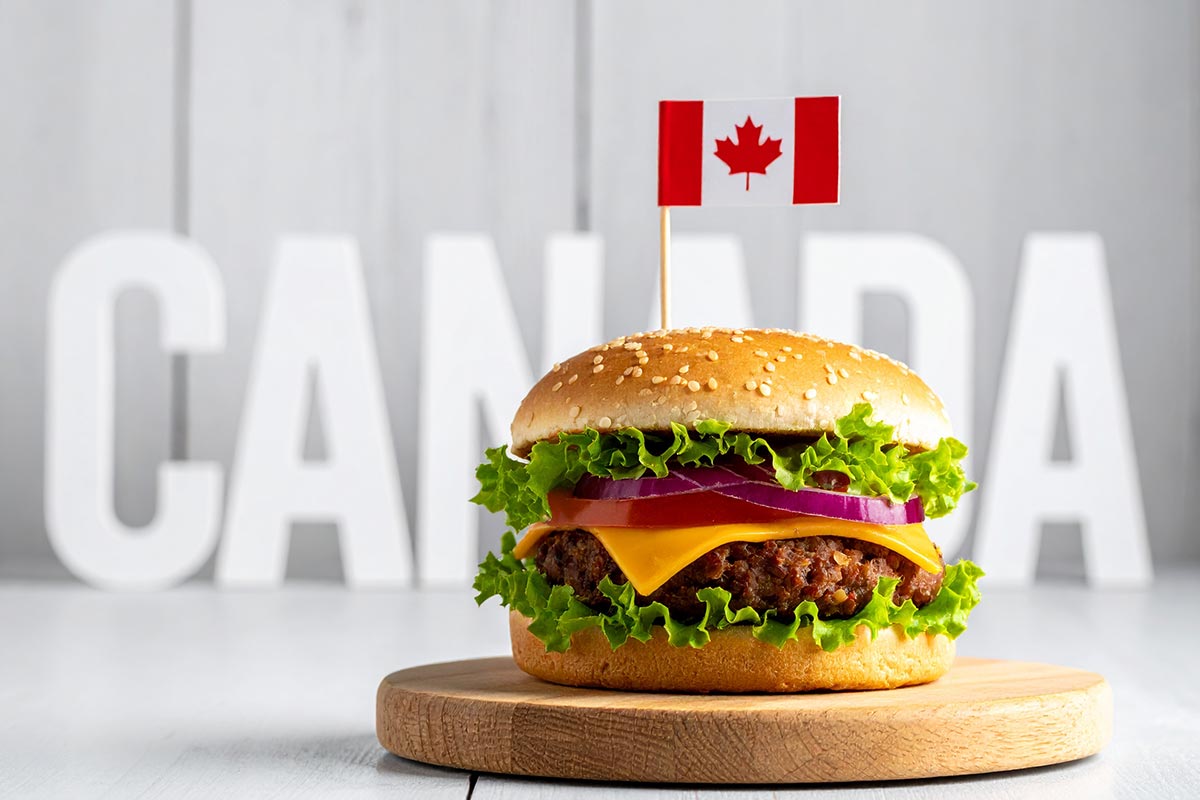Designed by Freepik
This is our first state level cut of restaurant NPS for the United States. It blends full service and quick service venues into a single reference number per state. Use it to set targets, compare markets, and spot outliers before they become problems. I will show the score and how much data sits behind it. Every state uses a robust sample that ranges from 200 to 450 restaurants depending on market size and coverage.
Quick takeaways
- High affinity and strong hospitality cultures lift scores in places like Louisiana, Hawaii, California, Texas, and Florida.
- Infrastructure and price sensitivity weigh more heavily in dense coastal markets and some small states.
- The national blended picture sits around the low 40s, which means context matters. A 38 can be perfectly healthy in a tough market if your local peers sit near that number.
Treat this as a reference baseline, not a replacement for your own relationship or transactional NPS.
Top and bottom snapshots
Top states by NPS (point estimate)
Louisiana 47, Hawaii 46, California 45, Florida 44, Texas 44, Colorado 42, Oregon 42, Georgia 42, North Carolina 41, Washington 41.
Bottom states by NPS
Connecticut 34, South Dakota 34, North Dakota 35, New Jersey 35, Rhode Island 35, West Virginia 35, Delaware 35, Alaska 36, Mississippi 36, Massachusetts 36.
Restaurant NPS by State (November 2024)
Values use the standard Net Promoter Score scale from −100 to +100. “Restaurants analyzed” reflects distinct venues across chains and independents that passed our inclusion checks.
| State | NPS (Dec 2024) | Restaurants analyzed |
| Alabama | 38 | 270 |
| Alaska | 36 | 200 |
| Arizona | 41 | 320 |
| Arkansas | 37 | 230 |
| California | 45 | 450 |
| Colorado | 42 | 310 |
| Connecticut | 34 | 260 |
| Delaware | 35 | 220 |
| Florida | 44 | 450 |
| Georgia | 42 | 380 |
| Hawaii | 46 | 220 |
| Idaho | 40 | 220 |
| Illinois | 39 | 420 |
| Indiana | 40 | 310 |
| Iowa | 38 | 240 |
| Kansas | 37 | 240 |
| Kentucky | 38 | 260 |
| Louisiana | 47 | 280 |
| Maine | 41 | 220 |
| Maryland | 39 | 300 |
| Massachusetts | 36 | 330 |
| Michigan | 38 | 360 |
| Minnesota | 39 | 300 |
| Mississippi | 36 | 230 |
| Missouri | 39 | 300 |
| Montana | 41 | 220 |
| Nebraska | 37 | 220 |
| Nevada | 40 | 260 |
| New Hampshire | 38 | 220 |
| New Jersey | 35 | 340 |
| New Mexico | 39 | 230 |
| New York | 38 | 440 |
| North Carolina | 41 | 360 |
| North Dakota | 35 | 200 |
| Ohio | 37 | 390 |
| Oklahoma | 37 | 270 |
| Oregon | 42 | 300 |
| Pennsylvania | 38 | 400 |
| Rhode Island | 35 | 220 |
| South Carolina | 41 | 280 |
| South Dakota | 34 | 200 |
| Tennessee | 41 | 320 |
| Texas | 44 | 450 |
| Utah | 40 | 260 |
| Vermont | 36 | 200 |
| Virginia | 39 | 340 |
| Washington | 41 | 330 |
| West Virginia | 35 | 220 |
| Wisconsin | 39 | 290 |
| Wyoming | 37 | 200 |
How to read it?
A Tennessee operator at 44 is outperforming the state baseline by 3 points. A New Jersey brand at 35 is right on the state line and should focus on climbing its local percentile, not chasing a generic national goal.
Methodology
Scope and window
Rolling 12 months ending 31 October 2024. This balances recency and seasonality.
Data sources and ingestion
- Multi source pipelines aggregate public review data at scale. Primary feeds include Google, TripAdvisor, and Yelp.
- Our entity resolution maps listings to venues, venues to brands, and brands to parent companies. Duplicates and retired listings are removed.
Aggregation and weighting
- Venue predictions roll up to brand NPS within each state. We weight by unique reviewer count so a large, busy venue does not get the same weight as a tiny listing.
- State baselines are a trimmed mean of brand NPS with a 5 percent trim on each tail to reduce outlier and fraud impact.
- A brand must clear a minimum effective sample threshold to be counted. States with higher population naturally have more qualified venues, which is why the "restaurants analyzed" count ranges from 200 to 450.
Quality controls
Language normalization supports English and major second languages present in U.S. markets. We also detect bots and abnormal reviews spikes.
FAQ
Does this include both full service and quick service?
Yes. This is a blended restaurant view. If you need a split, we can deliver FSR and QSR baselines per state as a separate cut.
What does “restaurants analyzed” represent?
Distinct venues included in the calculation after quality checks. Many belong to chains, many are independents.
Can I get a city level view or a competitor overlay?
Yes. The same pipeline powers city, county, DMA, and brand comparisons. We can generate a private pack for your footprint.
Final word
Benchmarks are context. Action comes from understanding why customers promote or detract in your market and then fixing the top friction points with discipline. If you want your own state by state and city by city pack with drivers and a clear action plan, that is exactly what npsBench was built to deliver.








